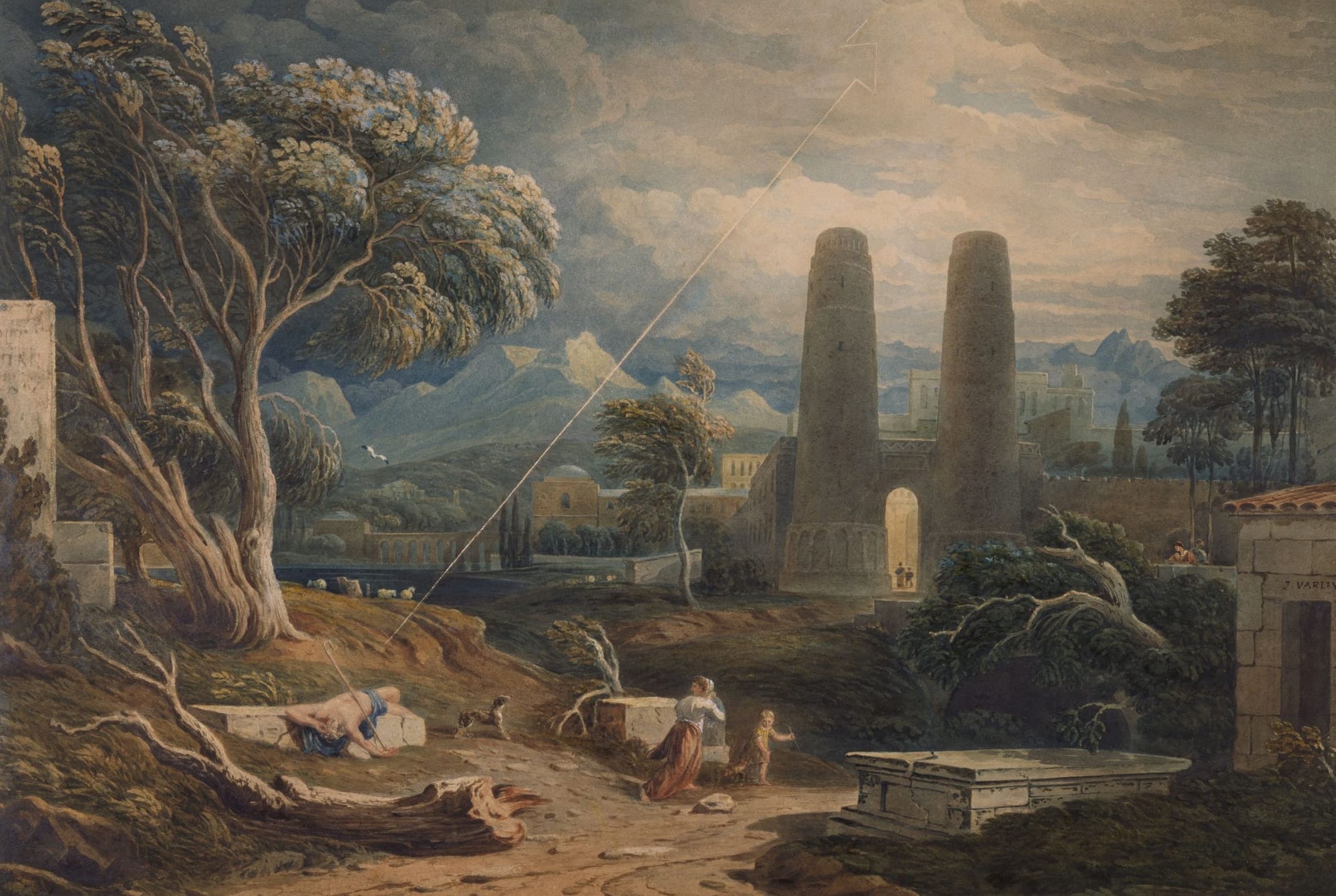Astronomical Background of Mayan Civilization

The ancient Mayan civilization had an impressive understanding of the sky. They carefully tracked the movements of the Sun, Moon, stars, and especially the planet Venus. With no telescopes, they were able to predict solar and lunar eclipses and knew exactly when during the year the Sun would be directly overhead above their cities. They built some of their temples and pyramids in such a way that the Sun or stars would shine into them on certain days, like the spring or autumn equinox. They used very precise calendars, including one for farming (365 days), one for religious rituals (260 days), and a "Long Count" calendar to measure large periods of time.The Maya also believed the heavens were full of gods and mysterious secrets. The Maya did not believe in time moving forward like we do now; instead, they believed it moved in cycles. Their Long Count calendar finished a great cycle in 2012, which some wrongly thought meant the end of the world. To the Maya, it just meant the start of a new cycle. They thought the stars were messages from their deities and used them to decide when to plant, go to war, or hold ceremonies. Some of what they knew is still surprising to scientists today, and no one is really sure how they learned it all,making their astronomy one of the most mysterious parts of their culture.